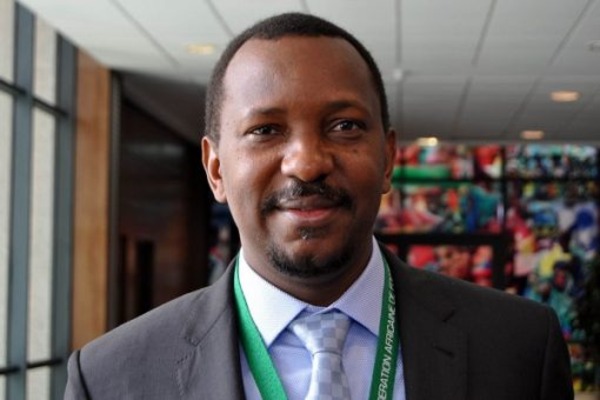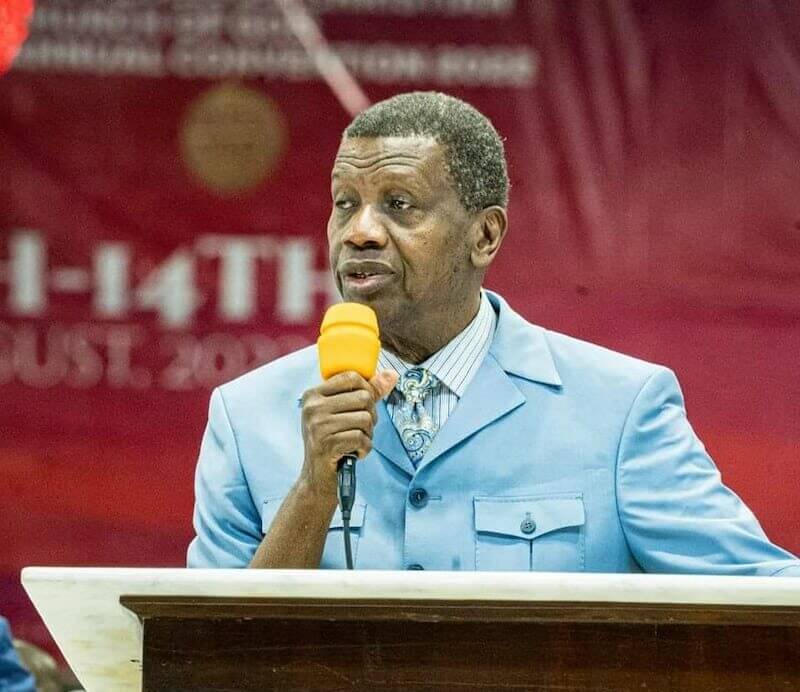No fewer than 4,877 victims of human trafficking from Nigeria have voluntarily returned to the country since 2017, a report by the International Organisation for Migration has shown.
The victims returned to Nigeria under the IOM’s Assisted Voluntary Return and Reintegration programme, with women and girls constituting nearly 88 per cent (4,261) of the returnees, while men accounted for 13 per cent (616).
The data showed that most victims fall within the age bracket of 18 to 39 years, with those aged 18 to 25 being particularly susceptible to recruitment by traffickers.
Within the first quarter of 2024 alone, the IOM said it facilitated the return of 167 victims to Nigeria, 81 per cent of whom were female.
However, this trend is not new. In 2022, for instance, the number of female victims reached its peak with 908 identified cases, whereas male victims were significantly fewer, peaking at 166 in the same year.
In the period reviewed, economic instability was the predominant reason for irregular migration, with a staggering 94 per cent of victims citing the search for better economic opportunities as their primary motivation.
Only two per cent sought specific job opportunities, one per cent sought to escape adverse family situations, while three per cent had varied reasons, including education, family reunification and escaping violence.
Italy, Libya and Mali were among the top intended destination countries for the victims.
The three countries constituted nearly 60 per cent of all returns, with Italy retaining its prominence, harbouring 26 per cent of returnees.
Other choices include Germany, Spain, UAE, France, Lebanon, Senegal, and Cote d’Ivoire.
Among the returnees, Libya stood out as the leading country of exploitation, accounting for 53 per cent of abuse cases, followed by Mali with 29 per cent.
In the last two decades, Libya has served as a destination and transit point for millions of Nigerians embarking on the desperate journey to Europe through the Mediterranean.
Since the ousting of its former leader, Muammar Gaddafi, in October 2011 and the ensuing instability, there have been rising cases of alleged slave trade and extortion, which has reportedly become an income stream for Libyan communities.
According to the report, most victims primarily face forced labour and sexual exploitation.
The data also revealed that although traffickers employed diverse means of control, physical and psychological abuses were prominently reported. Deception was another key method, combined with threats and withholding wages, ensuring victims remained trapped and subjugated.
The IOM said it has partnered with various governmental and non-governmental actors to provide reintegration support to victims, with 3,122 (64 per cent) successfully reintegrated into their communities.
“They have received assistance ranging from medical care to vocational training aimed at fostering their economic independence and resilience.
“The main source of stress for returnees who find themselves in a state of regret and limbo between what they planned to achieve and what they have at hand upon return is often the uncertainty about their future, source of income and their place within the community,” the report read.

 3 months ago
33
3 months ago
33















 English (US) ·
English (US) ·